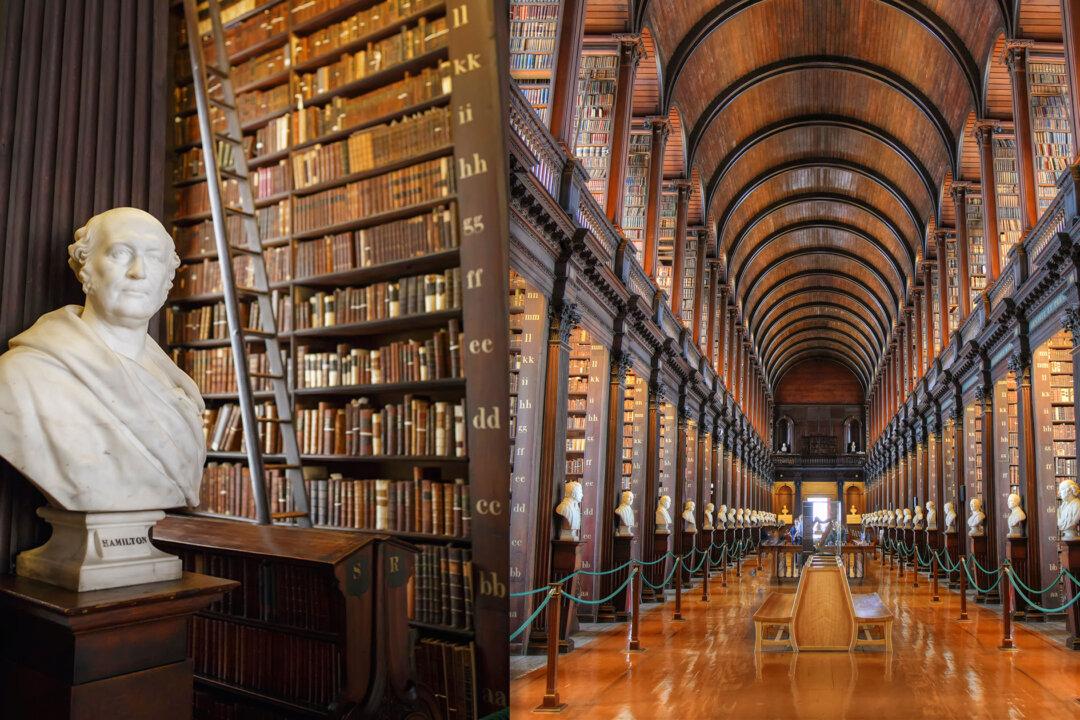Maybe it was John Keats’s presentiment of his own early death that made him so concerned with the questions of transience and eternity. Like many great poets, Keats asked: How can we make beauty last? Is beauty always destined to die, or does it live on in some form forever?
In “Ode to a Nightingale,“ written in the spring of 1819, Keats described our world with “Where Beauty cannot keep her lustrous eyes/ Or new Love pine at them beyond to-morrow.” The ode presents an acute awareness of the passing nature of all things and our inability to capture and preserve the goodness and beauty that surround us.






